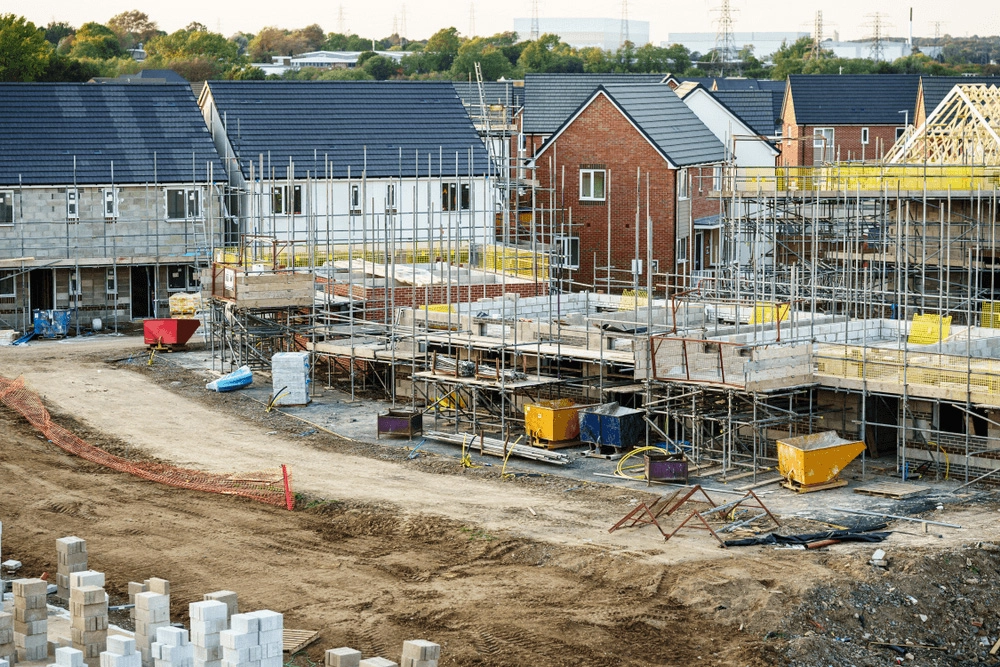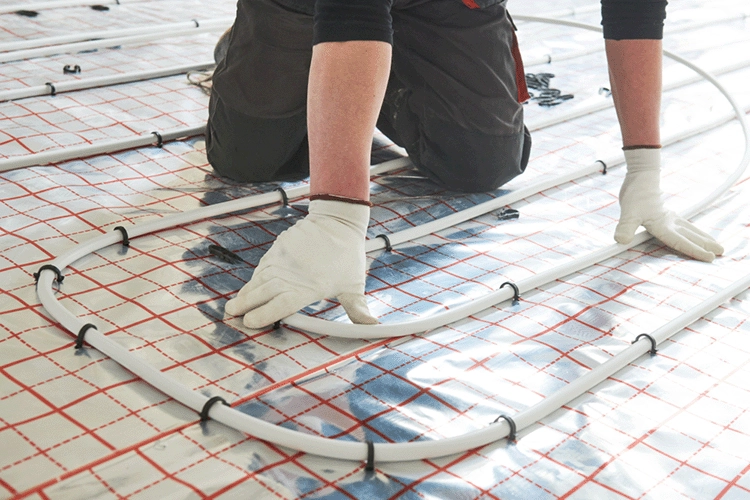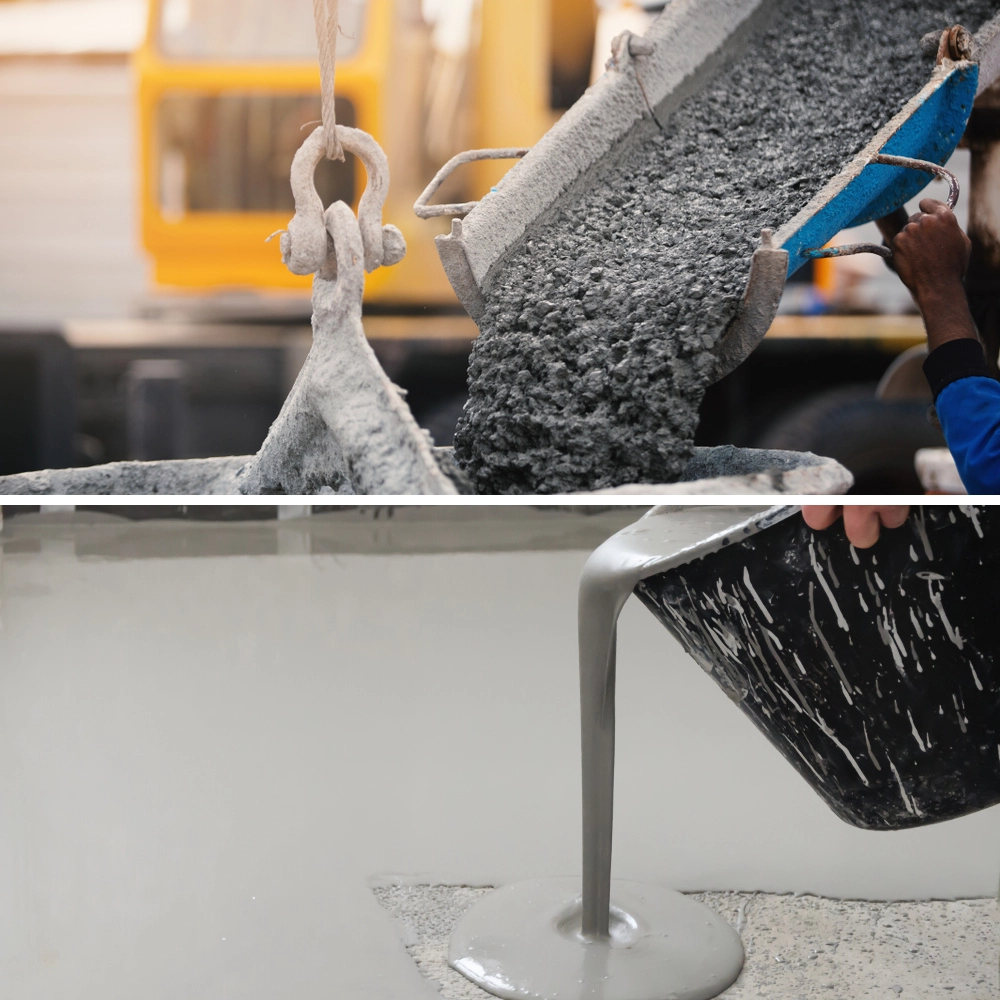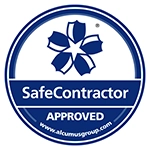Relative humidity (RH) is a critical environmental factor, especially in construction and various industrial processes. It refers to the amount of moisture in the air compared to the maximum amount the air can hold at a specific temperature. Expressed as a percentage, relative humidity becomes 100% when the air is fully saturated with moisture. Understanding and managing relative humidity is essential for ensuring optimal conditions in everything from drying screed to maintaining indoor environments.
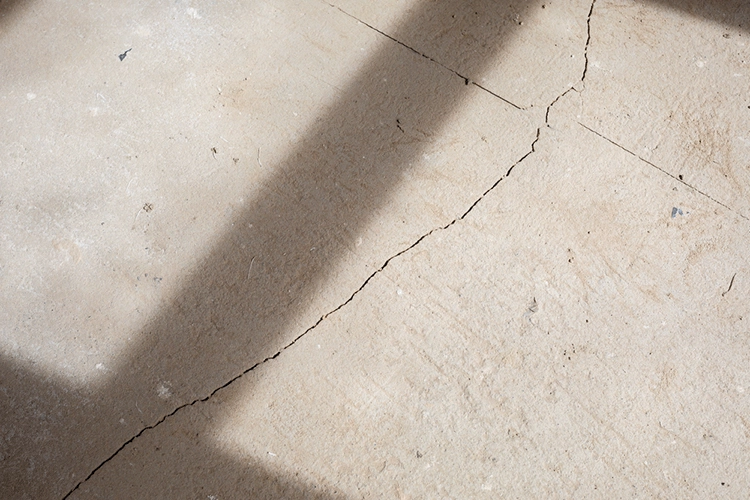
How Relative Humidity Works
The air’s ability to hold moisture is temperature-dependent. Warmer air can hold more water vapor, while cooler air holds less. For instance, if the air at a specific temperature can hold 10 grams of moisture but currently contains 7 grams, the relative humidity would be 70%. As the air temperature rises, its capacity to retain moisture increases, even though the actual moisture level might stay the same.
Why Relative Humidity Matters in Drying Screed
When it comes to drying screed—a mixture of cement, sand, and water applied to create smooth, level surfaces—relative humidity plays a crucial role in determining the drying rate and final quality of the screed.
- Evaporation and Humidity
During the drying process, moisture from the screed evaporates into the surrounding air. However, when the relative humidity is high, the air is already saturated with moisture, making it more difficult for additional moisture to evaporate from the screed. This slow evaporation can result in extended drying times, which can cause issues like:- Cracking: If the top layer of the screed dries faster than the underlying layers, it can shrink and crack.
- Shrinkage: Slow drying can also cause uneven contraction of the screed, leading to shrinkage.
- Reduced Strength: If the screed does not dry uniformly, it may not reach its full strength and durability, compromising the floor’s integrity.
- The Dangers of Low Relative Humidity
While low humidity can accelerate drying, excessively low RH can lead to problems. If screed dries too quickly due to rapid evaporation, the surface may become brittle, leading to:- Surface Cracking: Fast drying can cause the surface to harden too quickly, leaving it vulnerable to cracks.
- Weak Structure: Rapid moisture loss from the surface can result in a weak bond between layers, reducing overall durability.
Managing Relative Humidity for Optimal Screed Drying
To achieve proper drying and avoid these issues, controlling the relative humidity during the drying process is essential. Here’s how to manage it effectively:
- Dehumidifiers: These devices help lower the relative humidity by removing moisture from the air. They are particularly useful in enclosed spaces where high humidity may otherwise slow down the drying process.
- Air Movers and Fans: Increasing airflow around the screed using fans can speed up the evaporation of moisture. However, care must be taken not to create drafts or over-dry the surface too quickly.
- Temperature Control: Ensuring a stable temperature in the drying environment can help maintain consistent relative humidity. In some cases, heating systems (such as mobile electric boilers used for underfloor heating) can be employed to enhance drying, particularly in colder environments.
- Monitoring Humidity Levels: Using hygrometers or other humidity-monitoring equipment can provide real-time readings of relative humidity levels. Keeping RH within an optimal range—usually between 40% and 60%—can prevent both slow and overly rapid drying.
Beyond Screed: The Importance of Relative Humidity in Other Applications
Relative humidity is not only critical for drying screed but also for a variety of other fields, including:
- Agriculture: Proper humidity levels are crucial for plant growth and pest control. For example, overly dry conditions can harm crops, while high humidity levels can promote mold and fungal growth.
- Manufacturing: In industries like textiles and electronics, controlling RH can prevent damage to materials and ensure product quality. High humidity may cause machinery to corrode or raw materials to deteriorate, while low humidity can lead to static buildup.
- HVAC Systems: Heating, ventilation, and air conditioning (HVAC) systems are designed to regulate indoor environments, and controlling relative humidity is a key factor in maintaining indoor air quality and comfort. High humidity in buildings can promote mold growth, while low humidity can dry out airways and cause discomfort.
Conclusion
Relative humidity is the measure of moisture in the air relative to the air’s capacity to hold moisture at a given temperature. It plays a significant role in drying screed, as both high and low humidity levels can have detrimental effects on the drying process and final quality of the screed. By managing relative humidity—through dehumidifiers, airflow control, and monitoring—it’s possible to ensure screed dries at an optimal rate, achieving the necessary strength and durability.
Beyond screed, understanding and controlling relative humidity is vital in sectors such as agriculture, manufacturing, and HVAC, where it directly impacts efficiency, performance, and safety. With the right approach, controlling RH can ensure better results across a wide range of applications.
